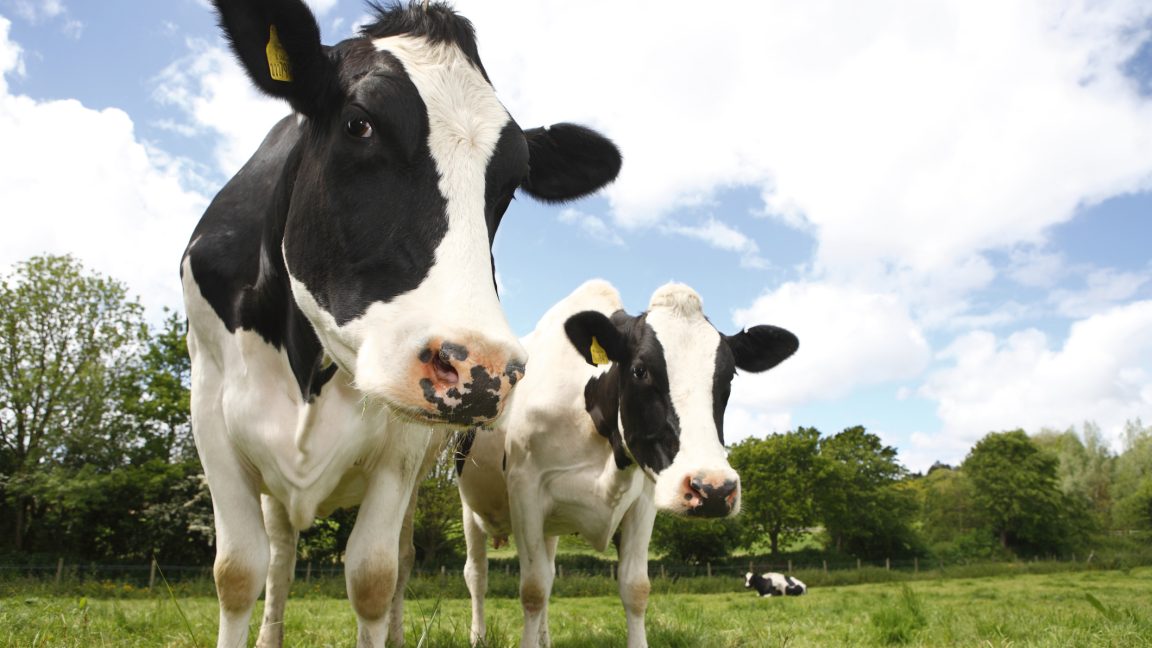- Posted On:2024-10-03 17:10
-
995 Views
Human cases of H5N1 confirmed in California amid rapid dairy spread
Two California dairy farm workers who had contact with H5N1-infected cows have contracted an H5 avian influenza virus, the Centers for Disease Control and Prevention confirmed Thursday evening.
In a news release from earlier today, California's health department announced only one presumptive positive case awaiting confirmation from the CDC. In that case, the person's illness was reported to be mild, with the only symptom being conjunctivitis (eye redness). This echoes the experience of other H5N1 human cases in this outbreak. The person is said to be staying at home and taking an antiviral flu medication.
In its media statement Thursday evening, the CDC reported confirming two cases. "At this time, there is no known link or contact between the first and second confirmed cases in California, suggesting these are separate instances of animal-to-human spread of the virus," the CDC said.
The two cases are the 16th and 17th human infections with H5N1 documented in the US. Fourteen of the previous cases also occurred in farm workers who had contact with infected animals, thirteen of which occurred this year amid the unprecedented outbreak in dairy cows. A single case in Missouri tested positive for the virus without any known animal contact, and the source of that infection remains unknown.
The new cases also mark the first human cases in California, the country's largest milk producer. The state is currently experiencing stunningly swift spread of the virus through its dairy herds.
While the country's H5N1 dairy outbreak was first confirmed on March 25 by the US Department of Agriculture, California only identified infected herds at the end of August. But, since then, the virus has moved quickly, and the state has tallied 55 affected herds in a little over a month. The only state with a higher number of reported herd infections is Colorado, which has documented 64 amid relatively aggressive monitoring.
California's infections bring the country's total number of affected herds to 255 in 14 states, according to the USDA.
In California's news release Thursday, state health officials worked to ease alarm about the human case, emphasizing that the risk to the general public remains low.
"Ongoing health checks of individuals who interact with potentially infected animals helped us quickly detect and respond to this possible human case. Fortunately, as we’ve seen in other states with human infections, the individual has experienced mild symptoms," Tomás Aragón, director of California's Department of Public Health, said. "We want to emphasize that the risk to the general public is low, and people who interact with potentially infected animals should take prevention measures."
The release noted that in the past four months, the health department has distributed more than 340,000 respirators, 1.3 million gloves, 160,000 goggles and face shields, and 168,000 bouffant caps to farm workers. The state has also received 5,000 doses of seasonal flu vaccine earmarked for farm workers and is working to distribute those vaccines to local health departments.
Still, herd infections and human cases continue to tick up. Influenza researchers and other health experts are anxiously following the unusual dairy outbreak—the first time an avian influenza is known to have spilled over and caused an outbreak in cattle. The more opportunities the virus has to spread and adapt to mammals, the more chances it could begin spreading among humans, potentially sparking an outbreak or even a pandemic.
This story was updated to reflect confirmation of two cases by the CDC.

